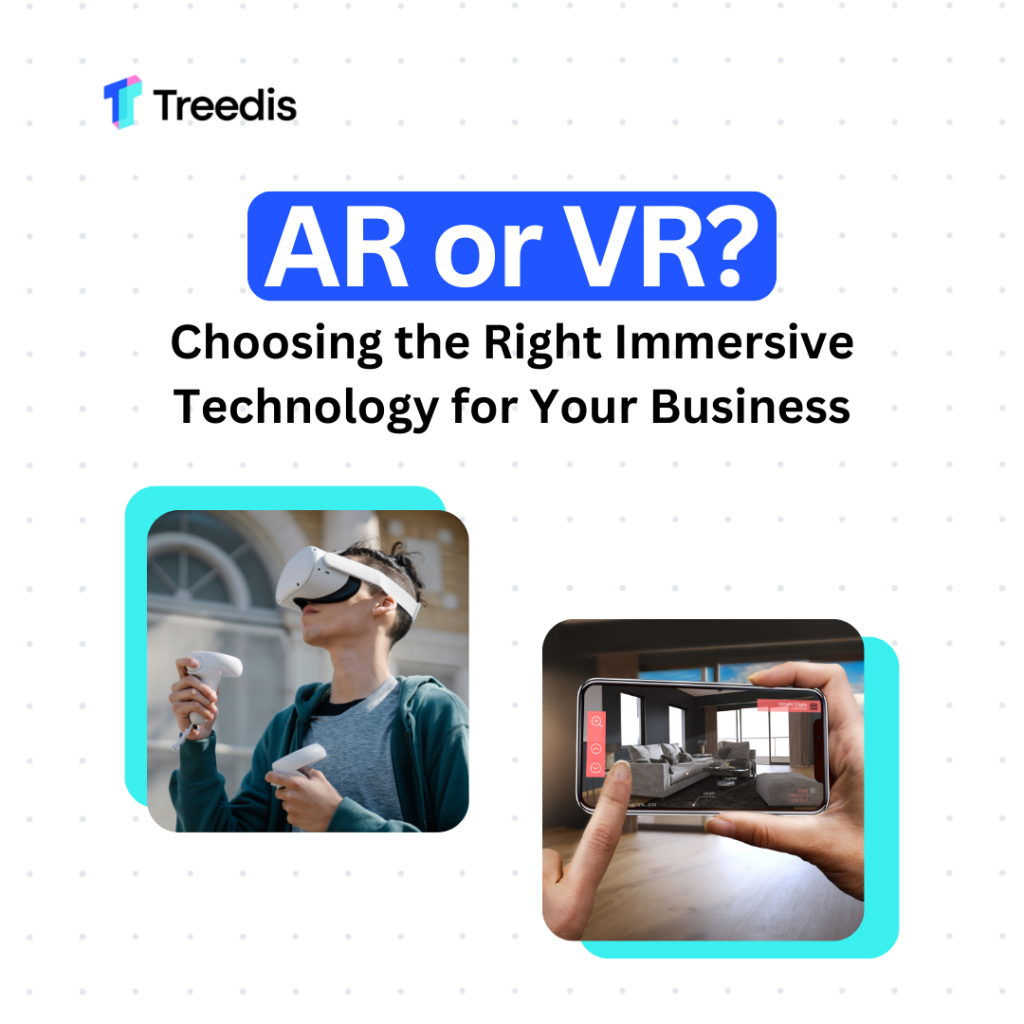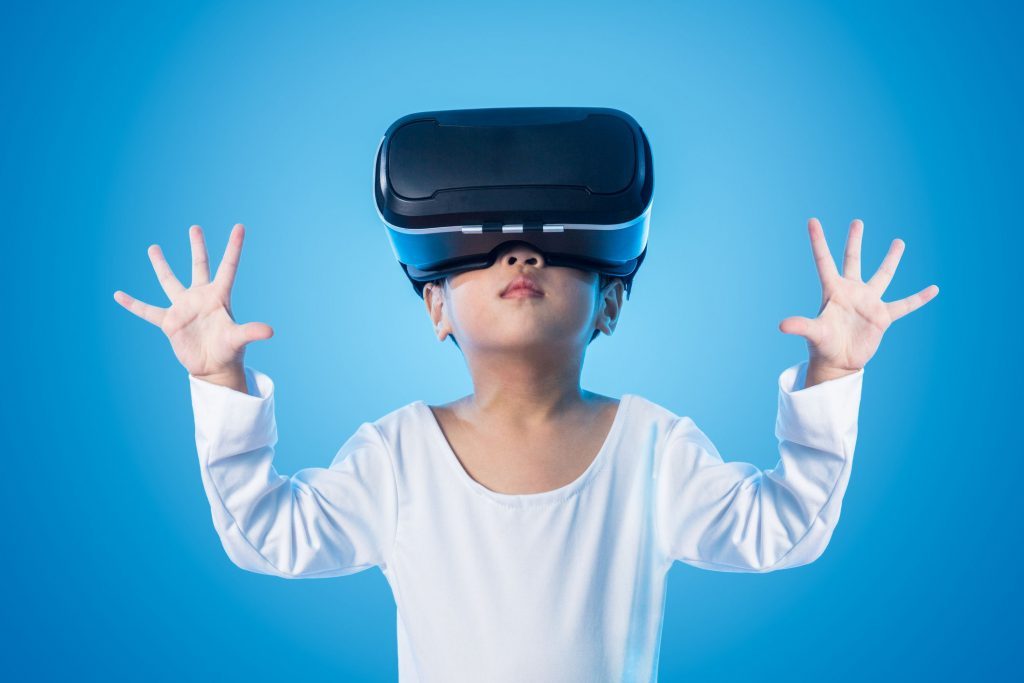Introduction
Augmented Reality (AR) is an exciting technology that blends the real world with virtual elements, enhancing our perception and interaction with the environment. It has gained significant popularity in recent years, revolutionizing various industries such as gaming, education, healthcare, and marketing. If you’re new to AR and eager to explore its possibilities, this beginner’s guide will provide you with a solid foundation to get started.
What is Augmented Reality?
Augmented Reality (AR) is a technology that overlays digital information, such as images, videos, or 3D models, onto the real world. It enhances the user’s perception of reality by blending virtual elements with the physical environment. Unlike Virtual Reality (VR), which creates a completely immersive digital experience, AR enhances the existing reality.
How Does Augmented Reality Work?
AR relies on various technologies to function. It typically involves the use of a camera, sensors, and a display device, such as a smartphone or smart glasses. The camera captures the real-world environment, while the sensors track the user’s position and movements. The AR software processes this information and overlays the virtual content onto the real world, aligning it with the user’s perspective.
Applications of Augmented Reality
AR has a wide range of applications across different industries:
1. Gaming
AR gaming has gained popularity with the release of games like Pokémon Go. It allows users to interact with virtual characters and objects in the real world, creating an immersive gaming experience.
2. Education
AR can revolutionize education by providing interactive and engaging learning experiences. It can bring textbooks to life, allowing students to visualize complex concepts and explore virtual simulations.
3. Retail

AR is transforming the retail industry by enabling virtual try-on experiences. Customers can use AR applications to see how products, such as clothing or furniture, would look in their own environment before making a purchase.
4. Healthcare
AR is being used in healthcare for training purposes, surgical planning, and patient education. It allows medical professionals to visualize and interact with medical data in real-time, improving accuracy and efficiency.
Getting Started with Augmented Reality
1. Understand the Basics
Before diving into AR development, it’s essential to have a solid understanding of the underlying technologies and concepts. Familiarize yourself with computer vision, image recognition, and 3D modeling.
Summary
This beginner’s guide to Augmented Reality will walk you through the basics of AR technology, its applications, and the tools you need to begin your AR journey. You will learn about the fundamental concepts behind AR, including marker-based and markerless tracking, as well as the different types of AR experiences such as image recognition, location-based AR, and projection-based AR.
Furthermore, this guide will introduce you to popular AR development platforms and frameworks, such as ARKit for iOS and ARCore for Android, which enable developers to create AR applications with ease. You will also discover various AR development tools and resources that can assist you in building your own AR projects.
Whether you’re interested in developing AR applications or simply want to understand the technology better, this beginner’s guide have a peek at this website will equip you with the knowledge and resources to embark on your AR journey. Get ready to dive into the exciting world of Augmented Reality!
- Q: What is augmented reality?
- A: Augmented reality (AR) is a technology that overlays digital information, such as images, videos, or 3D models, onto the real world, enhancing the user’s perception and interaction with their environment.
- Q: How does augmented reality work?
- A: Augmented reality works by using sensors, cameras, and computer algorithms to detect and track the user’s surroundings. It then superimposes virtual content onto the real world, aligning it with the user’s perspective.
- Q: What devices can I use for augmented reality?
- A: Augmented reality can be experienced on various devices, including smartphones, tablets, smart glasses, and headsets. These devices typically require a camera, sensors, and a screen to display the augmented content.
- Q: What are some popular augmented reality apps?
- A: Some popular augmented reality apps include Pokemon Go, Snapchat, IKEA Place, and Google Translate. These apps showcase different applications of AR, from gaming to virtual furniture placement and real-time language translation.
- Q: How can I start developing augmented reality applications?
- A: To start developing augmented reality applications, you can learn programming languages such as Unity, C#, or JavaScript, which are commonly used for AR development. Additionally, familiarize yourself with AR development tools and frameworks like ARKit (iOS) or ARCore (Android).
- Q: Are there any AR development tutorials or resources available?
- A: Yes, there are plenty of online tutorials, documentation, and communities dedicated to AR development. Websites like Unity Learn, Apple Developer Documentation, and Google ARCore Developer Guides provide valuable resources for beginners.
- Q: Can I create my own augmented reality experiences without coding?
- A: Yes, there are user-friendly AR platforms and tools available that allow you to create AR experiences without extensive coding knowledge. Some examples include ZapWorks, Vuforia, and Lens Studio.
- Q: What are some potential applications of augmented reality?
- A: Augmented reality has a wide range of applications across industries. It can


